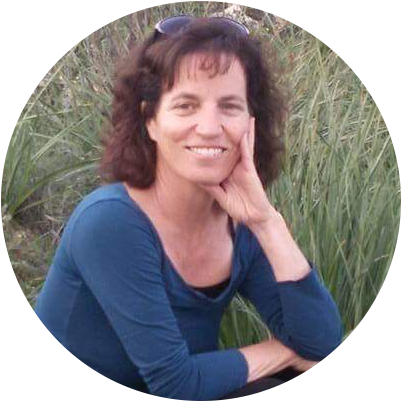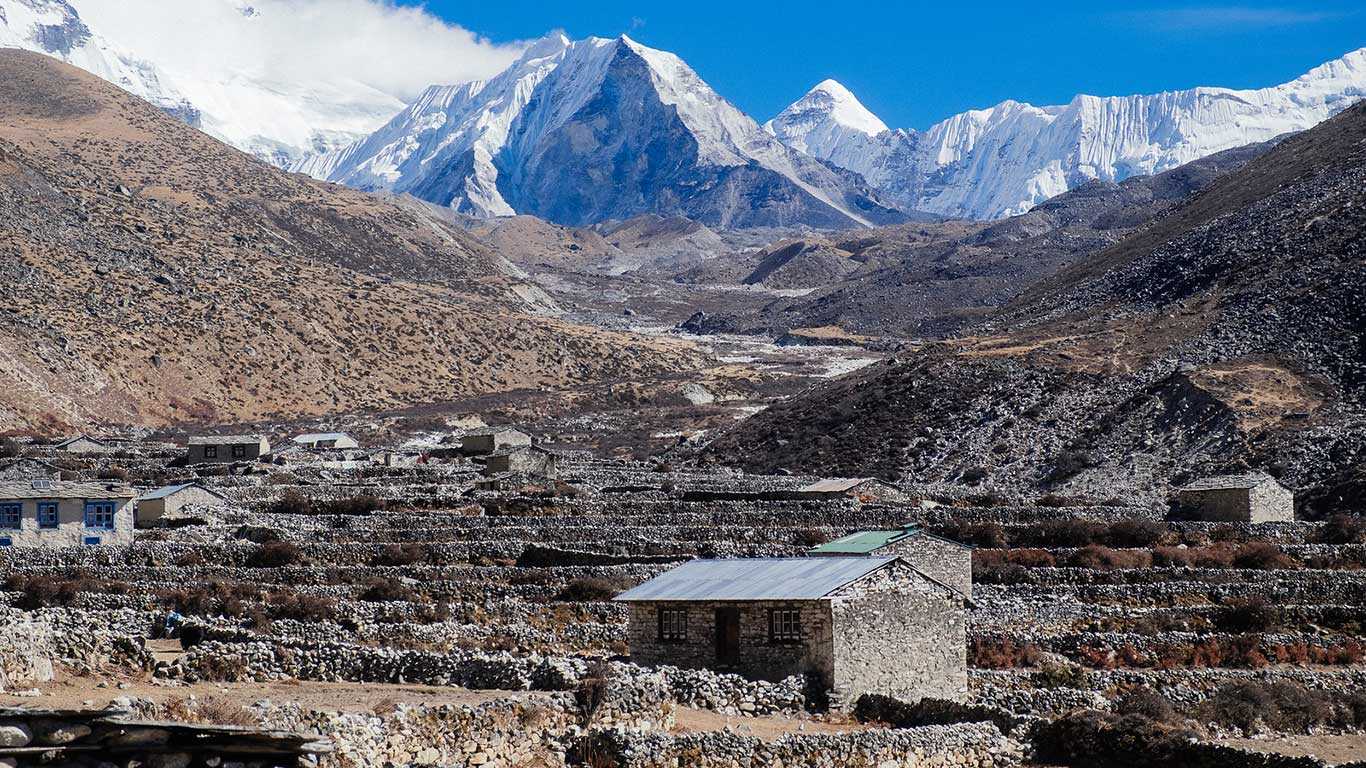Best Season to Trek to EBC
The two best seasons for hiking through the trail to Everest Base Camp are autumn (September to November) and spring (March to June).
- Autumn (September–November): Autumn offers you stunning conditions, perfect weather, and a stable temperature, which makes the trek more memorable. This season is also popular among other trekkers, which can make the trails more busy, and you might have a hard time getting flight tickets.
- Spring (March–June): Spring is undoubtedly one of the best seasons to trek. The temperature is warm and perfect, the wildflowers are blooming, and the skies are clear. Compared to autumn, the crowds are less, but occasional snow showers can occur at high elevations. Hence, you need to be prepared for these conditions if you plan to hike in the spring.
Arrivals and visas
On your arrival at Tribhuvan International Airport, our team will welcome you with open arms. The staff at the airport will help you get the visa in no time. To ensure a smooth arrival, we recommend bringing cash for the visa fee (USD 30 for 15 days, USD 50 for 30 days, and USD 125 for 90 days), as digital options might not be readily available.
After obtaining your visa, we’ll drive you to your cosy 3-star hotel, where you can rest yourself and prepare yourself for the journey.
A typical day at Everest Base Camp
A typical day on the trek starts with an early wake-up call and a warm, delicious breakfast. You will get to witness the sunrise over the Himalayas. After breakfast, the hike starts and ends after a walk of 5 to 7 hours over the day. As we cover a very high altitude, we will rest some days to adjust to the altitude. It will allow you to explore the villages and soak in the unique culture. In the evening, we will have a delicious dinner in the communal dining hall, where we will share stories with fellow trekkers and gaze upon the mesmerising starry night.
Altitude of the Everest Base Camp Trek
On reaching the goal of the trek, Everest Base Camp, we’ll be standing at a staggering altitude of 5364 meters. The air starts to get thinner drastically as we cross the mark of 3000 metres in altitude. You have to give your body a chance to adjust to the tinier air, which is why we take rest days in between the treks.
We need to listen to our bodies and know our limits, as it is always smart to take precautions. We suggest our clients take as much rest as they can during their trek and make sure they are hydrated.
Personal Expenses on Trek
Planning a trek in a new country can get overwhelming, and this is where Red Rose Travel comes in. We assure you that we will make your trek stress-free and enjoyable with our packages and guidance throughout the trek.
Our standard package covers most major expenses in Nepal, like three meals a day, comfortable guest houses and permits, and trekking fees. We would also like to inform you that other additional personal expenses, like beverages and snacks, should be managed on your own. Tipping isn’t included in the pack. Those expenses should be managed on your own. Also, we would like to encourage open communication and discuss your needs and preferences before booking to ensure a transparent and enjoyable trek.







